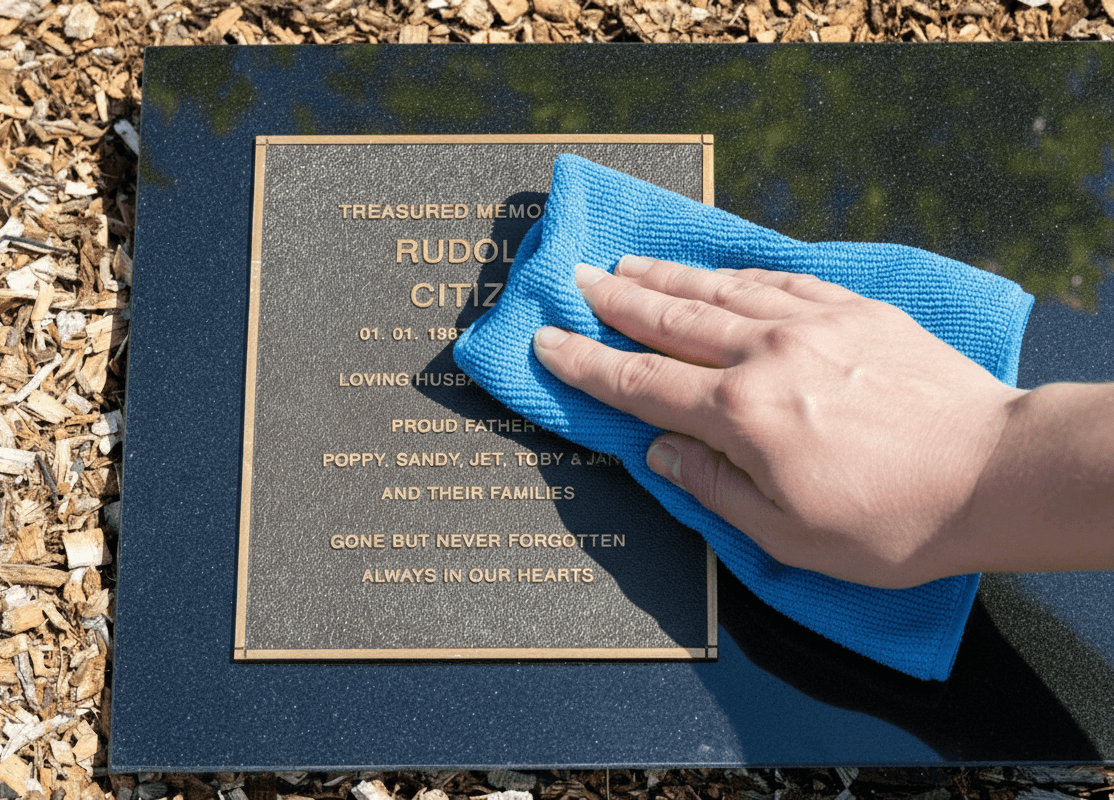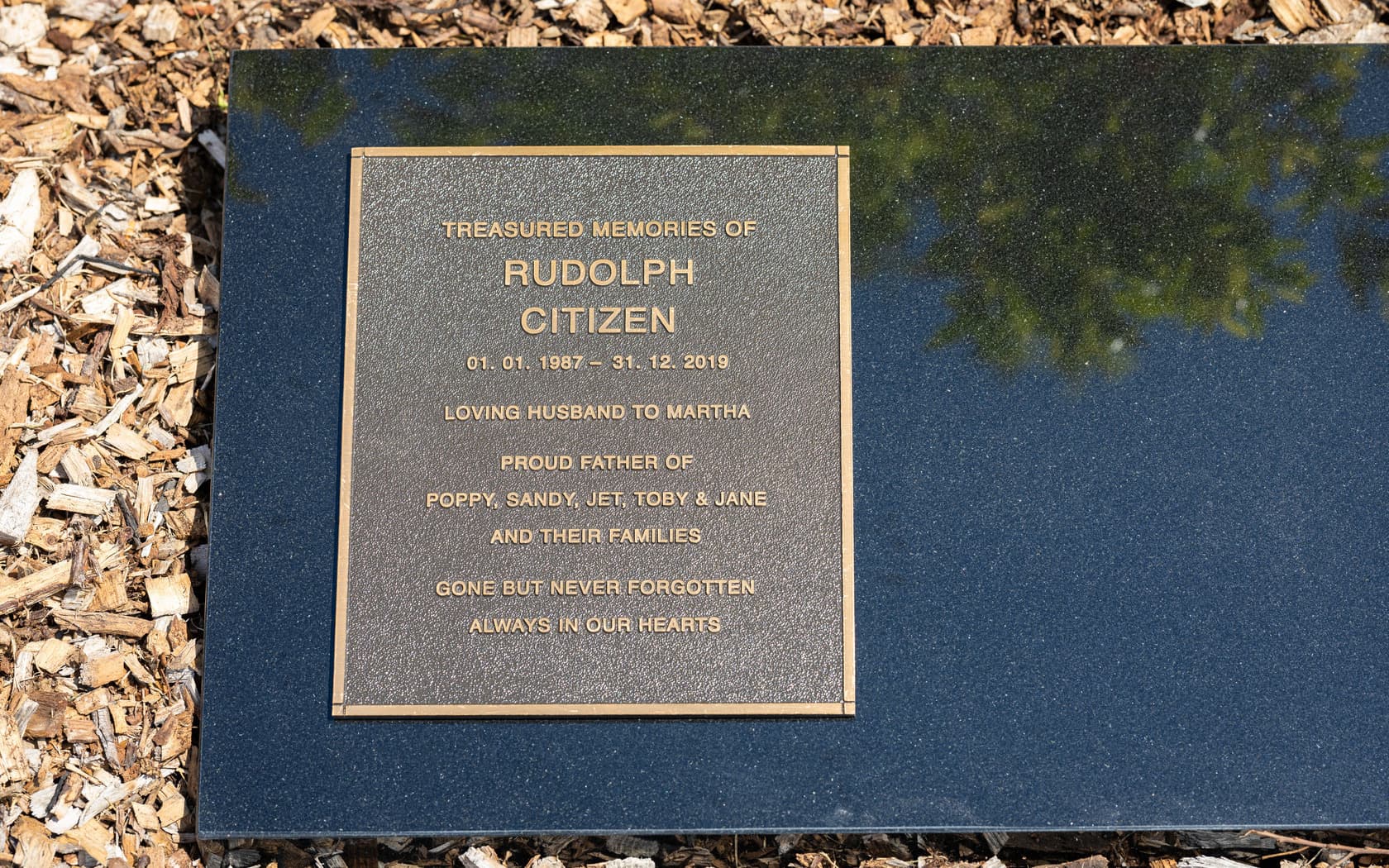Grief and clearing deceased estates
- 20 June 2017
Even with a will or trust in place clearing a deceased estate is tough whilst grieving.
Why it’s good to take your time
The topic of taking your time when mourning was covered by acclaimed grief expert, Dr Alan Wolfelt, in his ‘Touchstones for Hope and Healing’ session, delivered at the Centre for Care & Wellbeing. Dr Wolfelt explained that most of us operate within a culture that avoids grief and this discourages prolonged periods of mourning, or discourages mourning altogether. This usually results in well-meaning, but unhelpful grief support with messages to ‘move on’ after a set period after the death of a loved one.
Clearing the contents of a loved one’s home is often seen as the ‘highway’ to healing, when the opposite is usually true. Removing physical reminders of them is seen as a way to ‘gain closure’ and speed up the healing process to ‘return to normal’. This way of thinking is at odds with what Dr Wolfelt’s research has shown helps. He has found that only by having a ‘slow mourning’, and honouring the life of your loved one at your own pace, and in a way you choose, can you move through your bereavement and heal. Trying to short-circuit the pain that naturally occurs during this period internalises it and risks living in the ‘shadow of grief’ far longer than if it’s tackled head on.
Gone, but ever-present
My brothers and I learnt firsthand how difficult it is to face grief the first time we walked into my mother’s house after she passed. Her life was woven into that space by all the physical things she left behind that were so specific to her, we couldn’t accept she wasn’t still a part of that ‘mumscape’ - the haven we relied on to be a comfortingly familiar antidote to the fast-paced and complicated world we lived in. So how were we supposed to clear it all out? How were we to tackle the practical need to ready her house for another occupant amid our emotional need to hold onto things that had gained sacred status overnight?
I’m having a slow mourning
Dr Wolfelt’s work highlights the importance objects that link you to your loved ones are in honouring their memory. You have the right to cherish and hold dear these ’linking objects’, as you would the memories of your loved one. You have the right to choose the time, manner and way in which you decide which of these linking objects you keep and which you let go. This slowing down and suspension of everyday life is not only a normal, but a healthy part of the grieving and mourning process.
My brothers and I understood that we needed to create the time and space to sort my mother’s possessions at a time when we were all ready. Here’s what I learnt during that process:
Choose a clear out partner
If you don’t want to go it alone then choose a clear out partner or team who are in synch with your feelings and will support, but not judge, your choices.
Emotions are okay
This is a difficult, painful and emotional time, and it’s okay to emote.
Keep the Will and any Trust wishes in mind
Keep any wishes or details of your loved one’s Will or Trust commitments in mind when distributing their possessions.
Take breaks
Take your time, where practical, even if it means going back a few times, as it’s easier to make these key decisions when you’re well rested and not at the end of a 16-hour marathon of sorting.
Make it personal
Making your choices personal and choosing only items that resonate with you can help with the sorting process. Most of us can’t retain all our loved one’s belonging so find the balance between saying ‘hello’ to some things and ‘goodbye’ to others by using your feelings towards these items.
Choose for yourself
Don’t choose items for others let them make their selections using their personal preferences and feelings.
Take a picture
If disagreements occur over who should take an item, ask each other what emotional importance the item has for you before deciding to contest it. If it is decided the item is going to someone else, then take a photo of it and frame that, you will still maintain the memory of that linking object even if the original is not in your possession.
Call the professionals if you need to
Enlist the services of a professional estate clearing organisation if the volume of belongings is too great to deal with.
Regardless of how you do it, it’s okay to box things and sort them in batches over a longer clear out period. It’s your ‘mourning schedule’ you need to adhere to, but don’t forget to display a few of your loved one’s linking objects as part of honouring them during your time of mourning.
What are some of your favourite objects from loved ones no longer here?
Recommended articles

How to clean and maintain a bronze plaque
Regular plaque maintenance helps slow gradual aging and protect the plaque’s original beauty for many years.
Easing grief through planning: Supporting families before, during and after loss
Discover how SMCT supports grief and end-of-life planning in Melbourne. Learn about MyLifeBook, the Community, Care & Wellbeing program, and how planning ahead can ease emotional and financial stress for families.

How to create the perfect memorial plaque
Discover how to create a meaningful and lasting memorial plaque with this step-by-step guide. Learn about messages, design tips, and trusted resources from SMCT.